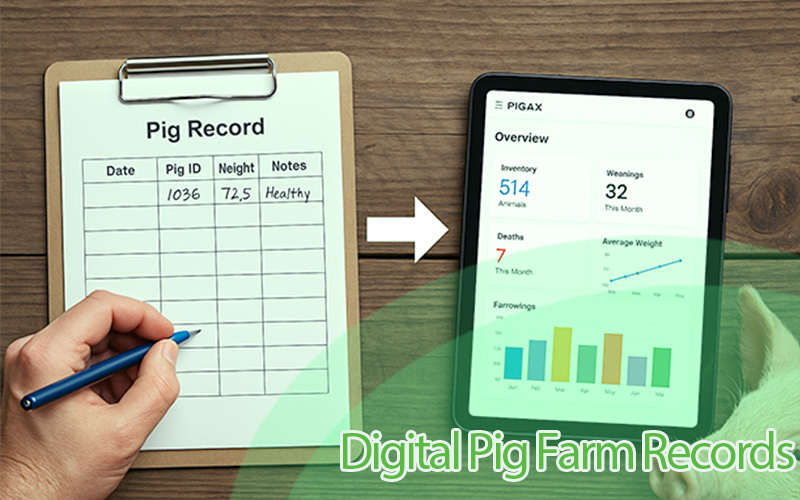Scheduling the AIAO swine flow for better swine efficiency
Efficiency is key to maximizing the productivity and profitability of pig farming operations. One crucial aspect that greatly impacts farm efficiency is swine flow management. The All In, All Out (AIAO) swine flow system is a well-known approach that can significantly enhance farm efficiency. By implementing a well-planned swine flow schedule, farmers can streamline their operations, optimize pig health and performance, and ultimately achieve better farm efficiency.
Understanding the All In, All Out (AIAO) Swine Flow System
The AIAO swine flow system is a production strategy that involves grouping and managing pigs based on their production stages. The system operates on the principles of batch management, where all pigs within a specific group enter and exit the production system together. This approach offers numerous benefits in terms of pig health, performance, and overall farm efficiency. Key components of the AIAO swine flow system include efficient grouping methods, well-defined entry and exit strategies, and proper farm management protocols.
Evaluating Farm Capacity and Resources
Before designing an effective swine flow schedule, it is essential to evaluate the farm's capacity and available resources. Assessing the farm's size, infrastructure, and layout helps determine the feasibility of implementing an AIAO system. Additionally, evaluating the availability of resources such as housing, equipment, and labor is crucial for successful swine flow management. Identifying any limitations or opportunities for expansion allows farmers to make informed decisions during the planning phase.
Designing an Effective Swine Flow Schedule
Designing a comprehensive swine flow schedule is a critical step in optimizing farm efficiency. The schedule should be based on the different pig production stages, including farrowing, nursery, and finishing. Allocating appropriate timeframes for each stage ensures efficient pig management and minimizes downtime. Smooth transitions between groups are essential to maintain a steady flow of pigs throughout the production cycle, allowing for optimal resource utilization and reduced operational inefficiencies.
Grouping Strategies for Optimal Swine Flow
Grouping pigs based on their age, size, and production stage helps facilitate better management and care. Factors such as pig compatibility and health status should also be considered to minimize stress and aggression during group transitions. By carefully planning and implementing effective grouping methods, farmers can improve pig welfare, reduce health risks, and enhance overall farm efficiency.
Managing Entry and Exit Procedures
Implementing standardized protocols for introducing new pigs to the farm, such as quarantine measures, ensures that any potential health risks are minimized. Developing strategies for smooth pig exits and farm cleaning between batches helps maintain a clean and disease-free environment. Effective management of entry and exit procedures contributes to improved biosecurity and enhances farm efficiency.
Monitoring and Adjusting the Swine Flow Schedule
Monitoring pig health, growth, and performance indicators provides valuable data for assessing the effectiveness of the schedule. Analyzing this data and considering farm-specific needs allows farmers to make necessary adjustments to the swine flow system. Continuous monitoring and proactive adjustments ensure that the schedule remains efficient and aligned with farm goals.
Overcoming Challenges of AIAO and Ensuring Success
Implementing an AIAO swine flow system may come with certain challenges. It is important to address these challenges proactively to ensure a successful transition. Strategies for overcoming resistance to change, such as staff training and education, can help facilitate a smooth transition to the new system. Seeking expert guidance and support, whether through industry consultants or collaboration with experienced farmers, can provide valuable insights and increase the chances of success.
Conclusion
In conclusion, scheduling AIAO swine flow is a key strategy for achieving better farm efficiency in pig farming operations. The benefits of implementing a well-designed swine flow schedule, including improved pig health, optimized resource utilization, and enhanced productivity, cannot be overstated. By emphasizing the importance of proper planning and continuous monitoring, pig farmers are encouraged to adopt the AIAO swine flow system to maximize their farm efficiency and profitability. Investing time and effort into scheduling swine flow yields long-term benefits and positions farmers for success in the dynamic swine industry.




